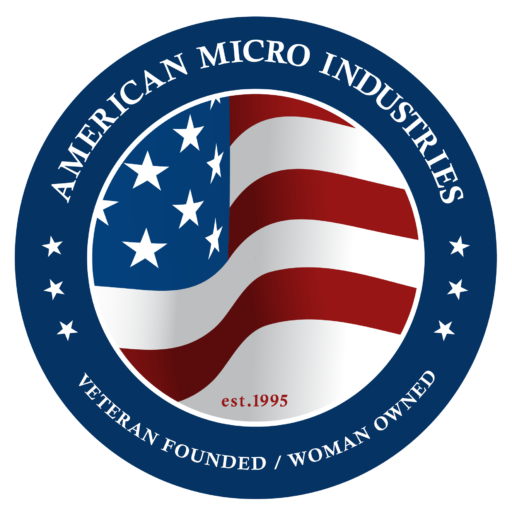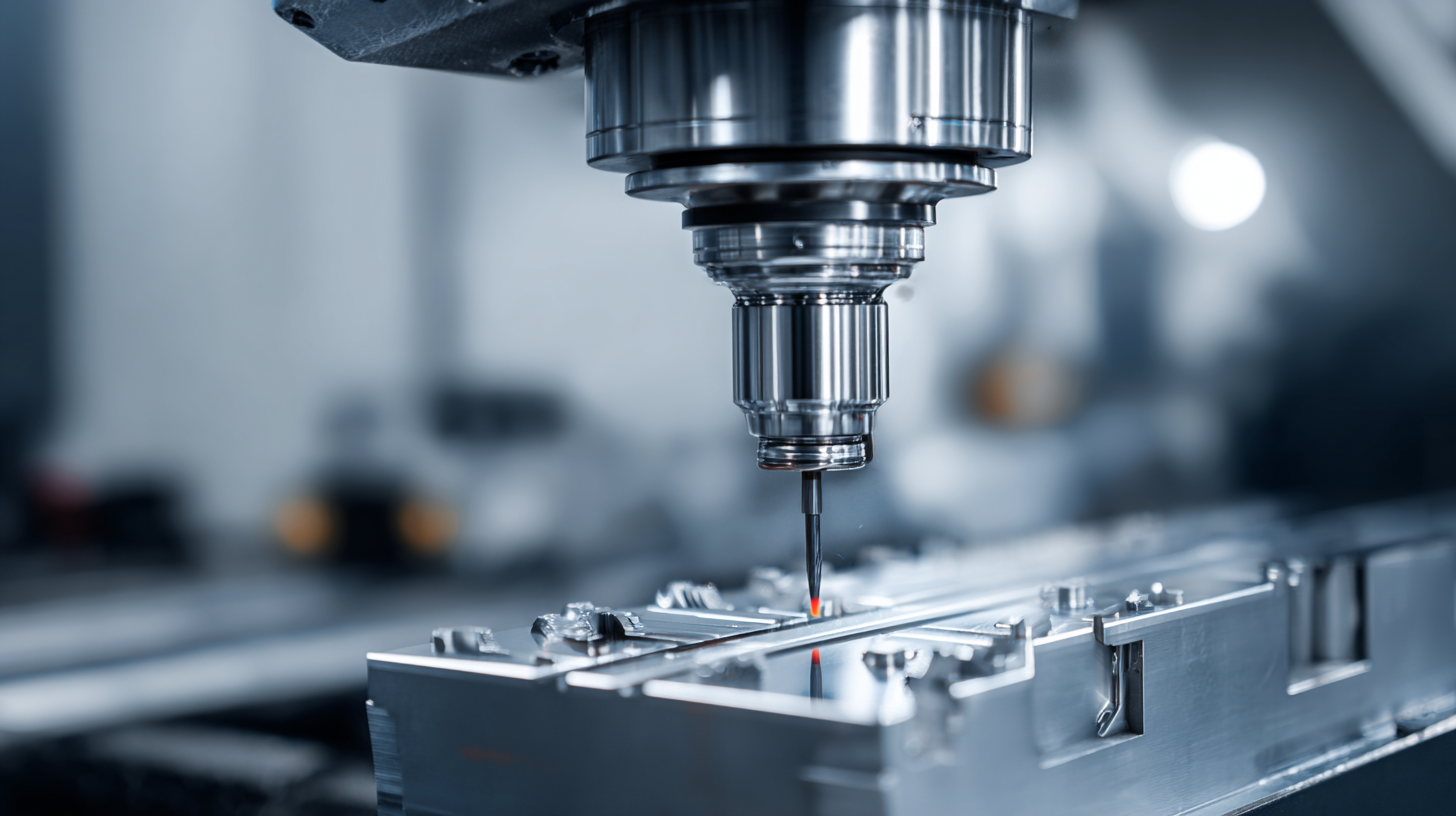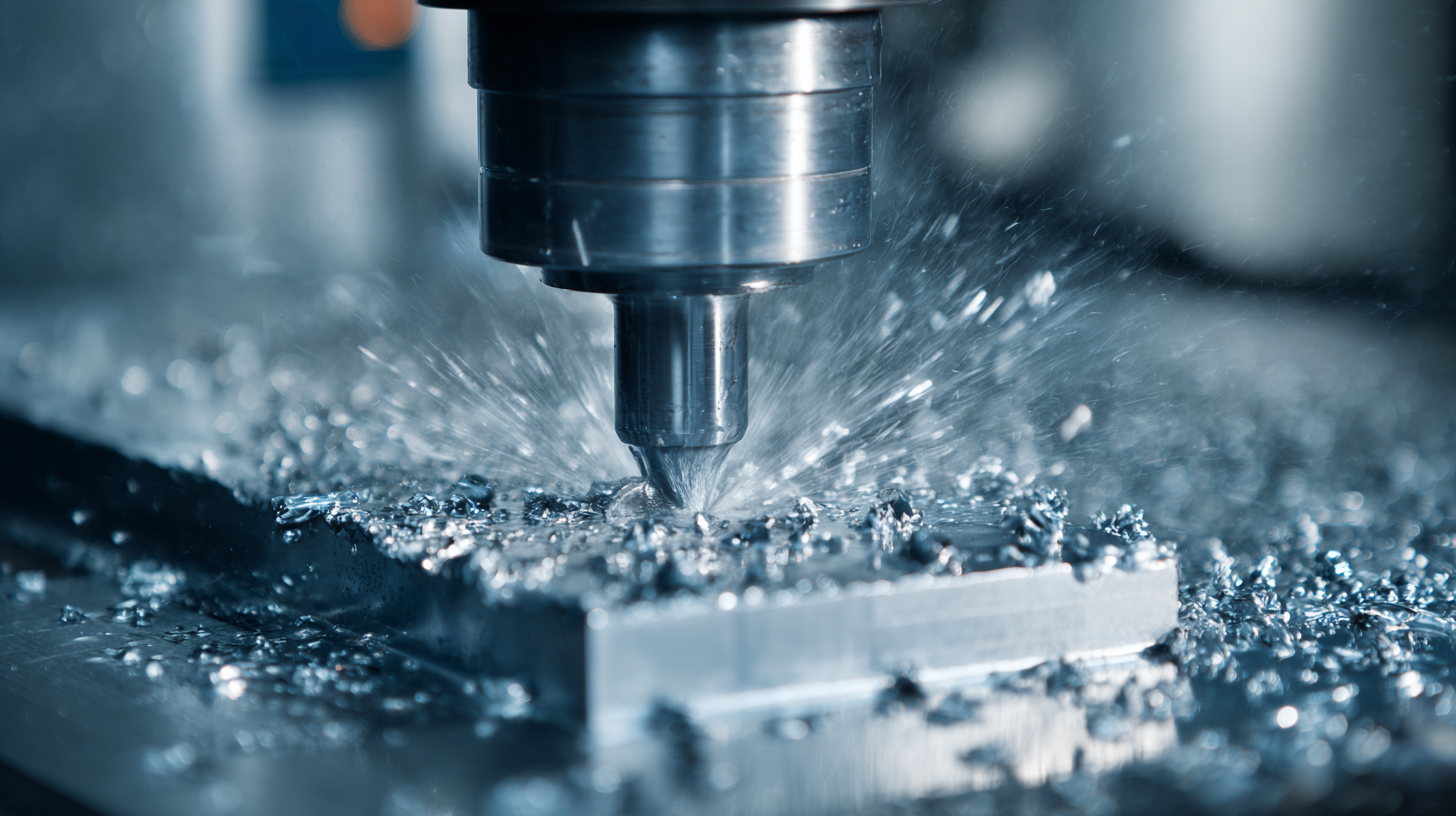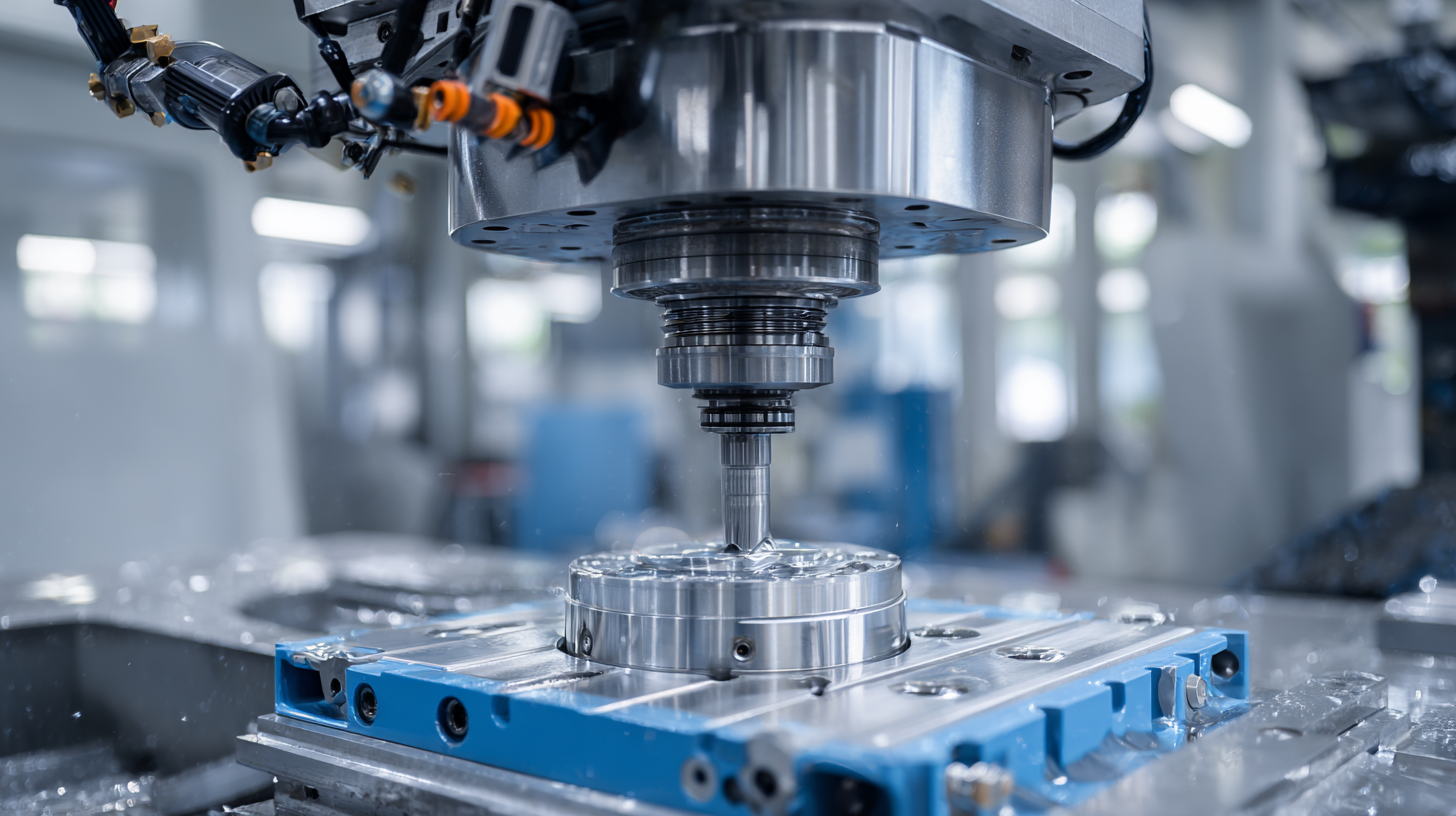
In the rapidly evolving landscape of advanced manufacturing solutions, the significance of the industrial CNC milling machine cannot be overstated. As industries strive for greater precision, efficiency, and innovation, these machines stand at the forefront, revolutionizing production processes across various sectors.

This blog will delve into the future of industrial CNC milling machines, examining cutting-edge technologies, trends, and tips that are shaping their development. From enhancing automation capabilities to integrating smart manufacturing principles, we will explore how these machines are not only meeting the demands of today but also paving the way for tomorrow's manufacturing challenges.
Join us as we uncover vital insights and innovative strategies to help businesses leverage the full potential of industrial CNC milling machines in an increasingly competitive marketplace.
The evolution of CNC milling machines has marked a significant transformation in the landscape of advanced manufacturing. Initially, conventional milling machines relied heavily on manual labor and simple mechanical functions. However, the advent of computer numerical control (CNC) technology has ushered in a new era, enabling precision, efficiency, and flexibility in manufacturing processes. Today’s CNC milling machines are equipped with advanced software and intricate algorithms that allow for complex designs and rapid prototyping, which are vital in meeting the demands of modern industries.

When selecting a CNC milling machine, consider its compatibility with your current systems. Ensure that it can be seamlessly integrated into your existing workflow. Additionally, investing in machines with user-friendly interfaces can significantly enhance operational efficiency. This makes it easier for your team to adapt to new technologies and minimizes downtime during the transition.
Moreover, prioritize machines that offer scalability and upgradeability. As your manufacturing needs evolve, so should your equipment. Being able to update your CNC milling machines with the latest features or enhancements will not only prolong their lifespan but also ensure that you stay ahead in a competitive market.
In the realm of advanced manufacturing, modern CNC milling machines are spearheading innovation with their enhanced features and capabilities. Contemporary machines are equipped with high-speed spindles, advanced control systems, and automated tool changers, enabling manufacturers to achieve precision and efficiency that were once unattainable. According to a report by MarketsandMarkets, the global CNC machine market is projected to reach $100 billion by 2026, driven largely by these technological advancements.
Key features such as 5-axis machining, which allows for complex geometries and multi-directional cutting, are becoming increasingly common. This capability not only reduces the need for multiple setups but also significantly cuts down manufacturing times. Data from a Statista report indicates that 5-axis milling technology is expected to capture around 45% of the market share in CNC milling machines by 2025. Moreover, integration with Industry 4.0 technologies, such as IoT and AI, enables real-time monitoring and predictive maintenance, further optimizing production workflows and minimizing downtime. As these features continue to evolve, the impact on manufacturing productivity and quality standards will undoubtedly shape the future landscape of the industry.
The landscape of CNC milling technologies is evolving rapidly, driven by significant market growth and innovative advancements. According to a recent market research report by Grand View Research, the global CNC milling machines market is expected to reach USD 100 billion by 2027, growing at a compound annual growth rate (CAGR) of 6.54%. This expansion is attributed to increased automation within manufacturing processes and the growing demand for precision-engineered components across various industries, including aerospace and automotive.
Innovations in CNC milling have also taken center stage, as manufacturers are focusing on integrating smart technologies and IoT capabilities into their machines. A report published by Markets and Markets highlights that the smart manufacturing market is projected to reach USD 510 billion by 2025, with CNC milling machines being a critical component of this transformation. Technologies such as predictive maintenance and real-time monitoring are enhancing operational efficiency and reducing downtime, thereby allowing for more agile and responsive manufacturing solutions. As these trends continue to unfold, CNC milling machines will play an essential role in shaping the future of advanced manufacturing.
This chart illustrates the growth of the CNC milling machine market from 2018 to 2023, with data indicating a consistent increase in market size. The advancements in CNC milling technologies and their application in various manufacturing sectors are driving this growth.
The future of CNC milling machines in advanced manufacturing is heavily influenced by the rise of automation and artificial intelligence. As the machine tools market is projected to reach $105.11 billion by 2032, the efficiency gains provided by CNC machines equipped with automation technologies are accelerating this growth. Automation not only enhances productivity but also minimizes manual errors, allowing manufacturers to scale operations rapidly while maintaining quality.
To further leverage the benefits of automation and AI, manufacturers can implement a few strategic tips. First, utilizing AI-driven analytics can help in understanding machine performance and identifying bottlenecks in real time. By investing in AI systems that learn from historical data, companies can optimize machining processes and reduce downtime.

In the realm of Industry 4.0, the debate between standalone and integrated CNC milling solutions has become increasingly pertinent. Standalone CNC milling machines offer flexibility and simplicity, making them ideal for small to medium enterprises that require specific functionalities without the complexity of integration. These machines often allow for rapid setup and ease of use, catering to niche markets or specialized tasks where emphasis on precision and speed is vital. However, the downside includes potential inefficiencies as production scales up, as they may require manual intervention to coordinate operations across multiple machines.
On the other hand, integrated CNC milling solutions present a comprehensive approach, unifying various manufacturing processes within a single framework. This offers significant advantages in automation, data collection, and workflow optimization, making it an attractive option for larger organizations seeking to streamline production. By leveraging real-time data and advanced analytics, integrated systems can adapt to changes in demand and improve overall machine utilization. The investment in such systems may be substantial, yet the long-term benefits, including reduced downtime and improved product consistency, are becoming increasingly essential in the highly competitive landscape of advanced manufacturing.
| Feature | Standalone CNC Milling Solutions | Integrated CNC Milling Solutions |
|---|---|---|
| Initial Cost | Lower initial investment | Higher initial investment |
| Flexibility | Highly flexible for job-shop environments | Less flexible; optimized for specific tasks |
| Operational Efficiency | Moderate efficiency | High efficiency with automated processes |
| Maintenance Requirements | Regular maintenance needed | Predictive maintenance supported |
| Software Integration | Standalone software | Seamless integration with ERP and MES |
| Scalability | Difficult to scale | Easier to scale within integrated systems |
| Data Collection | Limited data collection capabilities | Advanced data analytics and real-time monitoring |

